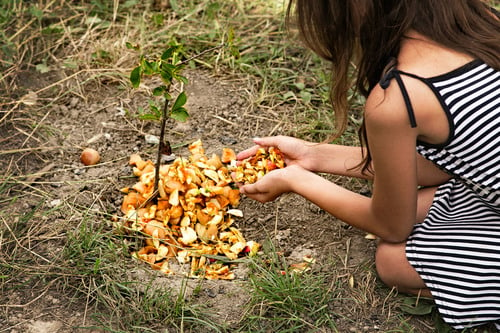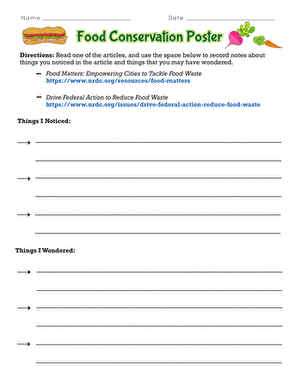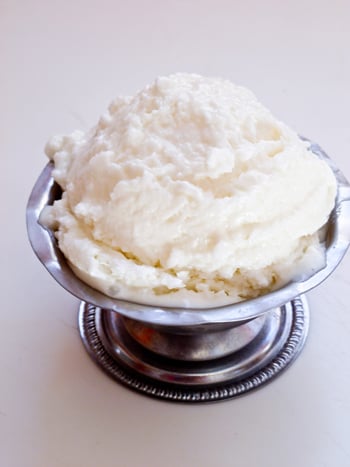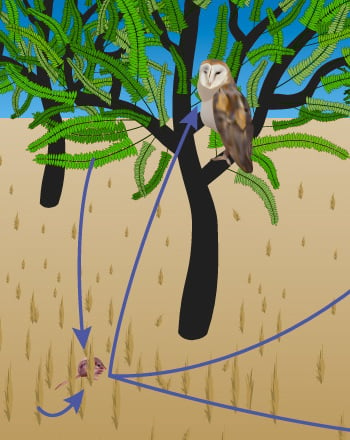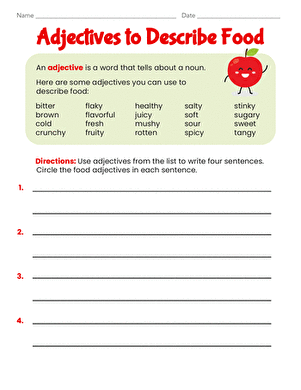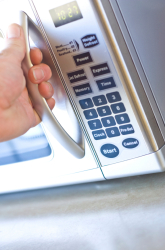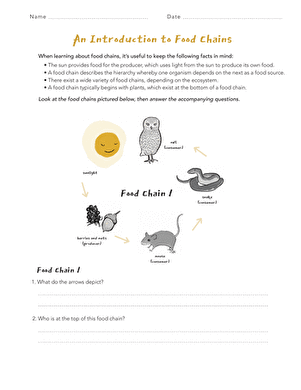Science project
Fresh Food vs. Frozen Food
Difficulty
Medium
Cost
Minimal
Safety Issues
None
Material Availability
All materials readily available.
Project Time Frame
4-6 weeks
Objective
This project explores the differences between fresh and frozen foods.
The goals of this project are:
- To study the differences between various fresh and frozen food samples.
- To encourage the development of new and improved food products.
Materials and Equipment
- Computer with Internet access
- Color printer
- Digital camera
- Typical office/hobby/craft supplies (paper, pens, poster board, glue, etc.)
- Microscope and associated accessories (slides, pipettes, dyes, etc.)
- Samples of fresh and frozen meats, fruits and vegetables.
All materials can be found in your home, at local stores, or on ebay.
Introduction
Freezing is a handy way of preserving many different kinds of food products. Food decomposes much more slowly when frozen. Yet, most of us are easily able to tell the difference between a fresh food item and its frozen alternative. Here we explore these differences, with a comparative study of fresh-versus-frozen foods.
Research Questions
- What are the differences between fresh and frozen foods?
- What happens to food when we freeze it?
- How is a food's vitamin and nutrient content measured?
- Do some frozen foods last longer than others?
- Are some foods better after being frozen than eaten fresh? Why or why not?
Terms and Concepts to Start Background Research
- Freezing
- Molecular Gastronomy
- Nutrition
- Preservatives
Experimental Procedure
- Read overview of relevant topics (see bibliography below and terms listed above)
- Collect several different food samples (any meats, fruits or vegetables you choose).
- Photograph the food samples, and continue taking photos throughout the experiment.
- Divide each food sample into two equal parts, and freeze half of each sample.
- Examine and compare fresh and frozen samples under a microscope (optional).
- For each food you've chosen, prepare a fresh sample and a frozen sample in exactly the same way, using any recipe you like, or just by heating as needed.
- Arrange a taste test experiment, using at least 20 volunteers. Find out which samples are most preferred.
- Carefully record all observations.
- Analyze the data.
- Interpret your findings in a detailed report.
- Include interesting photos and food samples in your science fair display.
Bibliography
- http://www.fsis.usda.gov/PDF/Freezing_and_Food_Safety.pdf (General safety info)
- http://www.top50states.com/7-layer-salad-recipe.html (Easy delicious recipes)
- http://www.prntr.com/nutritional-values-of-vegetables.html (Grilled Veggie recipe)
- Internet searches of your choosing. Search any of the words or terms listed here, or make up your own phrases to search. Click on any results you find interesting. Have fun surfing the net!
Disclaimer and Safety Precautions
Education.com provides the Science Fair Project Ideas for informational purposes only. Education.com does not make any guarantee or representation regarding the Science Fair Project Ideas and is not responsible or liable for any loss or damage, directly or indirectly, caused by your use of such information. By accessing the Science Fair Project Ideas, you waive and renounce any claims against Education.com that arise thereof. In addition, your access to Education.com's website and Science Fair Project Ideas is covered by Education.com's Privacy Policy and site Terms of Use, which include limitations on Education.com's liability.
Warning is hereby given that not all Project Ideas are appropriate for all individuals or in all circumstances. Implementation of any Science Project Idea should be undertaken only in appropriate settings and with appropriate parental or other supervision. Reading and following the safety precautions of all materials used in a project is the sole responsibility of each individual. For further information, consult your state's handbook of Science Safety.
Education.com provides the Science Fair Project Ideas for informational purposes only. Education.com does not make any guarantee or representation regarding the Science Fair Project Ideas and is not responsible or liable for any loss or damage, directly or indirectly, caused by your use of such information. By accessing the Science Fair Project Ideas, you waive and renounce any claims against Education.com that arise thereof. In addition, your access to Education.com's website and Science Fair Project Ideas is covered by Education.com's Privacy Policy and site Terms of Use, which include limitations on Education.com's liability.
Warning is hereby given that not all Project Ideas are appropriate for all individuals or in all circumstances. Implementation of any Science Project Idea should be undertaken only in appropriate settings and with appropriate parental or other supervision. Reading and following the safety precautions of all materials used in a project is the sole responsibility of each individual. For further information, consult your state's handbook of Science Safety.



